When I was 7 years old, I read my first Laura Ingalls Wilder books. I remember struggling with many of the words, like “soddie” and “half-pint” and the sense of danger that “Mr. Hanson” represented, but so extraordinarily captivating was the drama of these books that I persisted in sorting out the words, voraciously devouring them often when I didn’t really understand them.
Heroic adventure lay here, in the little sod house beneath the bank on Plum Creek. It was the 1870s. A family had come to an end in one place and needed to make a start in another one. They had nothing. They had each other. For a seven-year-old girl growing up in a family that wasn’t very safe, in which Mom and Dad didn’t take very good care of the kids, in which love was inconstant and attention could be punishing or shaming, a story about relying on your wits, on your own good sense, and most especially your sisters, a dog, and Ma and Pa, was archetypally attractive. I persisted with the words.
I found exemplars on every page. From the bulldog Jack, who taught me the grace and magical presence of animals in our lives, and the way we human beings learn from them and are transported and reconfigured by them;
To the father who recognized competence in a 7-year-old, and took her feelings and thoughts seriously;
To the mother who was thoughtful and wise, and who protected and treasured little girls;
To the little family who had to make it on their own…
To the illustrations by Garth Williams, who told an interviewer that he believed that “books, given or read, to children, can have a profound influence.” For that reason he used his illustrations to try to, “awaken something of importance, humor, responsibility, respect for others, interest in the world at large.”
To the magic of a prairie, and flowers that sang their glory, morning glories, on the roof of the little house.
The pages filled me with lust for adventure, and longing for what I did not have. Without realizing it at all then, and not until many decades later, this story became the narrative of my life, and has become the story of my life, calling out to me archetypally in ways that I did not understand at all, but was drawn to with incredible power.
Later, as a feminist critic and reappraiser, I read critiques of gender roles and nationalism embodied in these pages…
But to me then, the books were simply captivating.
And so my friend Audrey and I, the girl next door and my best friend, spent the next several years creating our own soddie house on the banks of the creek where we lived.
We transformed a mulberry bush into our sod house, and created a whole camp of white-washed walls and pretend fire places.
We made a dam in the stream and raked and “planted” our fields.


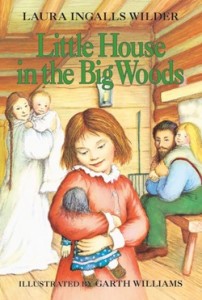
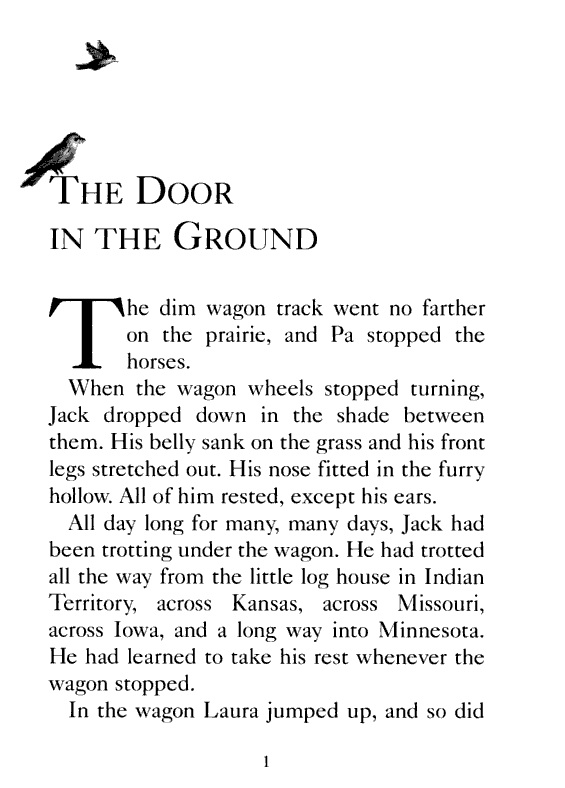
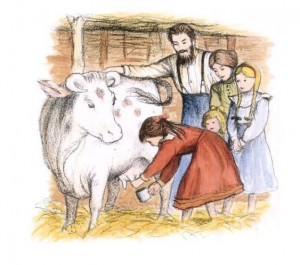
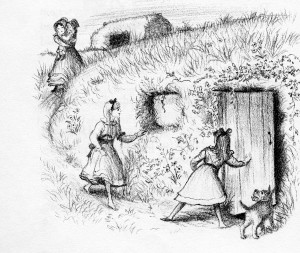
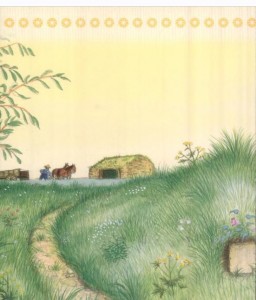

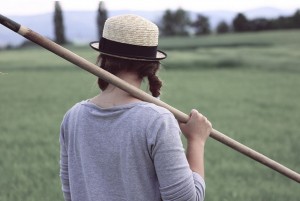

Recent Comments